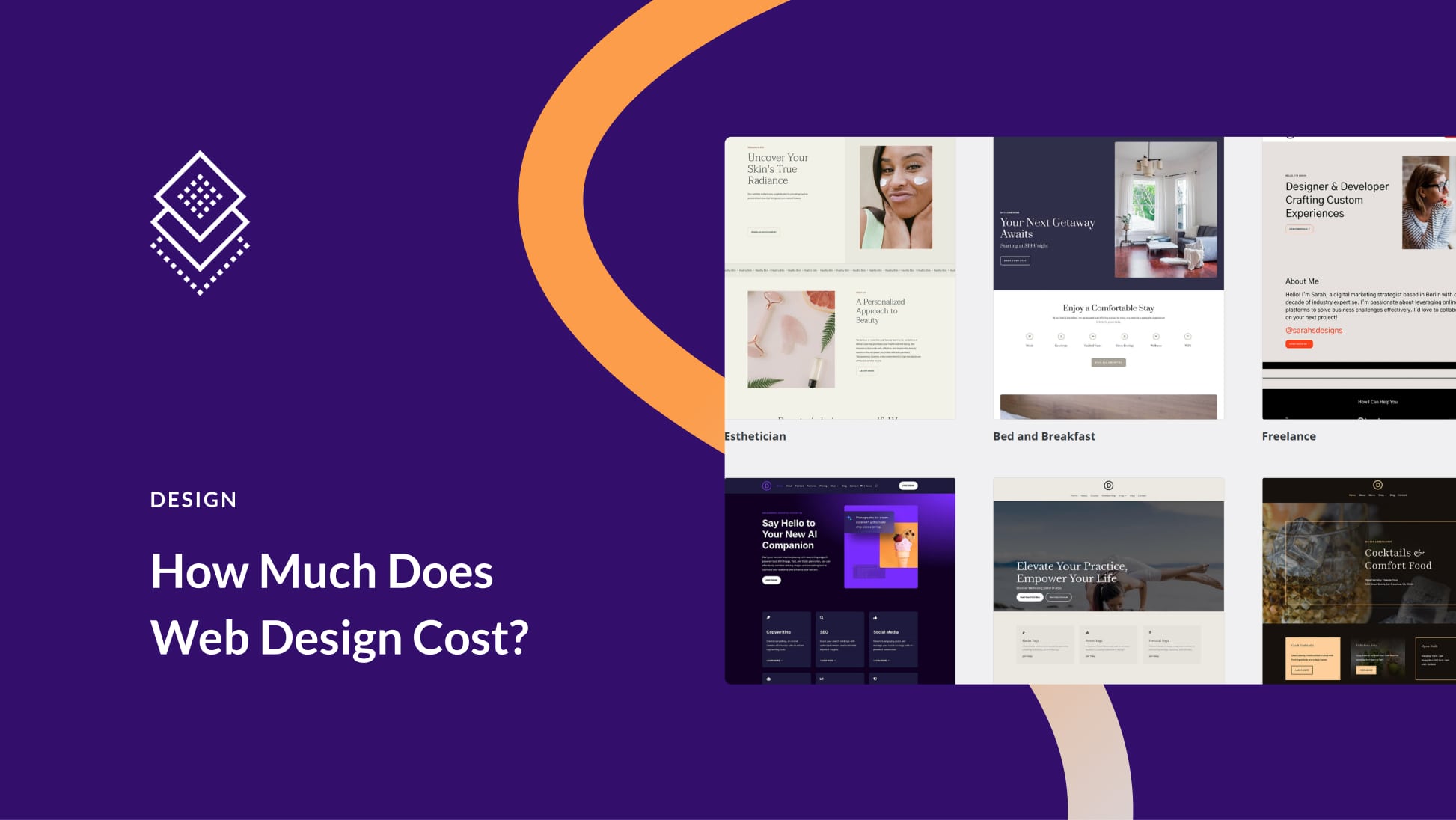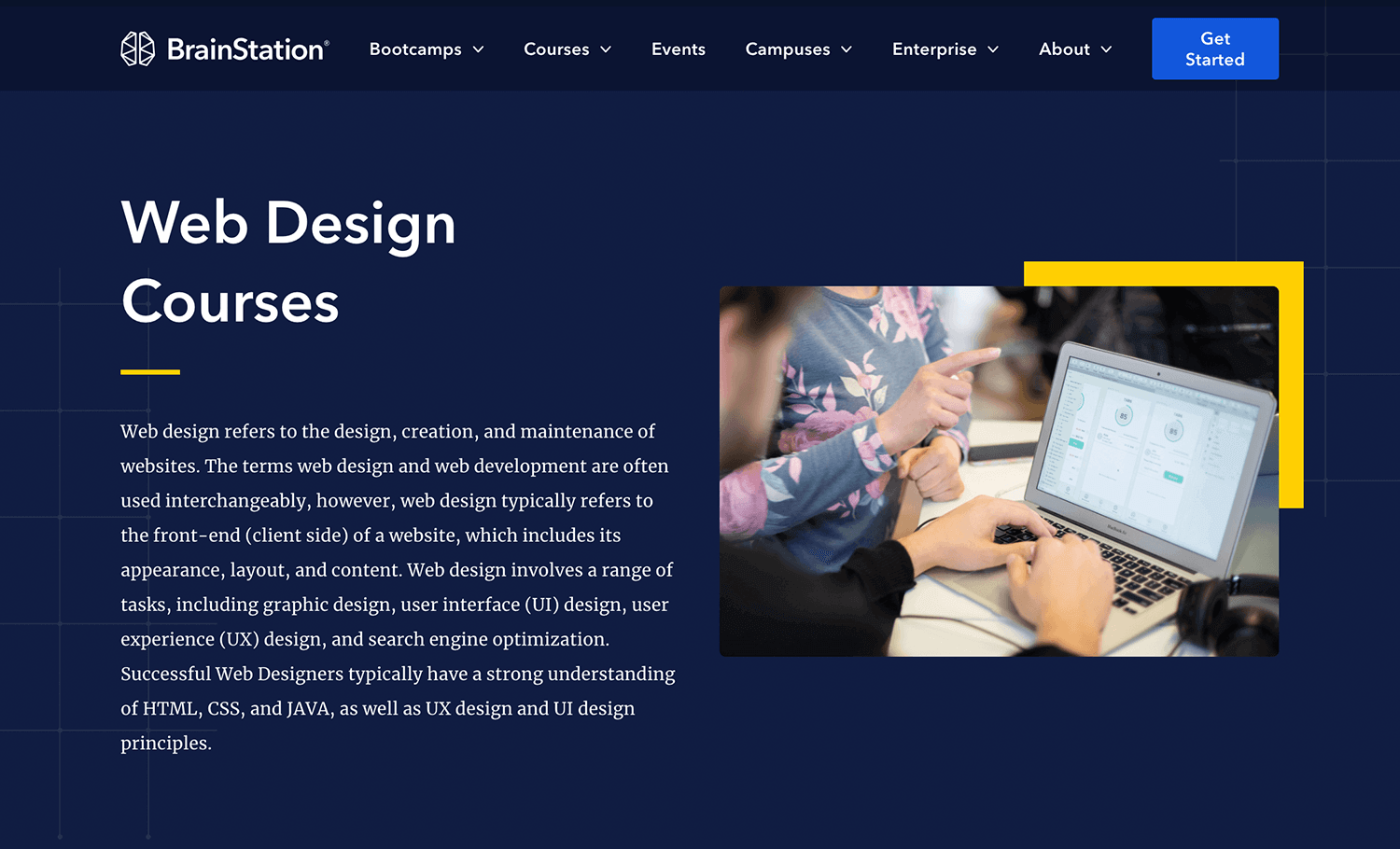Professional Aligned Position Web Design: Custom Websites Tailored to Your Business Needs
Professional Aligned Position Web Design: Custom Websites Tailored to Your Business Needs
Blog Article
The Finest Kinds of Website Design to Enhance User Experience and Engagement
In the ever-evolving landscape of digital communication, the efficiency of website design substantially influences customer experience and interaction. Numerous layout strategies, such as minimal, receptive, and interactive designs, each deal unique advantages that can satisfy diverse individual requirements. Understanding which kinds of Web design ideal serve these goals can be critical for companies intending to improve customer fulfillment and retention. However, the concern continues to be: which style aspects genuinely resonate with users and foster purposeful engagement? The expedition of these concepts discloses critical understandings that may redefine your method to website design.
Minimal Website Design
As digital landscapes come to be progressively chaotic, minimal Web design has actually become an effective method to boosting user experience. This style philosophy focuses on simplicity, focusing on necessary components while getting rid of unneeded disturbances. By making use of ample white area, straightforward navigation, and a minimal shade scheme, minimal layout fosters clarity and directs individual focus to essential web content.
The core concept of minimal website design is to create a seamless interaction for individuals. By reducing cognitive load, customers can swiftly comprehend info without really feeling bewildered. This direct strategy not just enhances functionality yet also motivates interaction, as visitors are most likely to discover a website that is aesthetically enticing and easy to navigate.
In addition, minimalist style often stresses typography and imagery, making use of these elements strategically to communicate messages properly. This concentrate on important parts can enhance brand name identity and create a memorable individual experience. Essentially, minimal website design is not just a pattern; it is a thoughtful technique that acknowledges the importance of user-centered design. By stripping away nonessential elements, designers can create an extra interesting, efficient, and satisfying Web experience for all users.
Responsive Website Design
In today's diverse electronic setting, receptive Web layout has come to be essential for developing a smooth customer experience across a multitude of tools. As users gain access to internet sites on smartphones, desktop computers, tablets, and laptop computers, the capability of a website to adapt its format and material to different screen dimensions and resolutions is important.
Receptive Web style employs versatile grids, photos, and CSS media questions to ensure that Web content exists efficiently, no matter the device used. This approach not just improves the aesthetic allure of an internet site yet also substantially enhances functionality. Customers are most likely to engage with a website that offers a constant experience, as it eliminates the stress of having to zoom in or scroll excessively.
By taking on receptive style, organizations can boost their visibility and get to a more comprehensive audience. In summary, receptive Web style is a basic practice that improves customer experience, engagement, and total complete satisfaction.
Interactive Website Design
Receptive website design lays the groundwork for boosting customer experience, but interactive Web layout takes this a step further by involving individuals in a more dynamic method - Aligned Position Web Design. By including components such as animations, clickable prototypes, and real-time feedback, interactive website design mesmerizes customers, attracting them right into a richer browsing experience
This approach not just fosters engagement but likewise motivates customers to discover content actively as opposed to passively consuming it. Techniques such as gamification, where individuals gain incentives for completing tasks, can considerably boost the moment spent on a site and enhance total satisfaction. Interactive features can simplify intricate information, making it much more absorbable and delightful.

Including interactive layout aspects can likewise result in higher conversion rates, as customers are a lot more most likely to engage with a website that actively includes them. Aligned Position Web Design. Ultimately, interactive Web layout changes individual experiences into remarkable trips, guaranteeing that site visitors return time and once again
Flat Layout
Characterized by its minimalistic strategy, level layout emphasizes simplicity and performance, removing unnecessary elements and concentrating on necessary features. This style philosophy focuses on usability, guaranteeing that individuals can browse user interfaces easily and efficiency. By utilizing a tidy visual, flat design eliminates the clutter frequently located in more luxuriant styles, consequently boosting customer concentrate on web content and performance.
The hallmark of level style hinges on its use strong colors, straightforward typography, and geometric forms. These elements add to an aesthetically attractive interface that is both friendly and modern-day. Additionally, flat design fosters a sense of quality, permitting individuals to discern essential activities and details without distraction.
In addition, flat style is especially see this site reliable in receptive website design, as its simpleness converts well across numerous gadgets and screen dimensions. The lack of intricate textures and slopes decreases filling find times, which is critical for preserving user interaction. As digital landscapes remain to progress, level layout remains a relevant selection for developing user-friendly sites that enhance general experience. By concentrating on vital features, flat design not only satisfies customer requirements but likewise motivates smooth communication, making it an important component of efficient website design strategies.
Adaptive Website Design
Adaptive website design tailors the individual experience by creating several taken care of designs customized to various display sizes and gadgets. Unlike receptive layout, which fluidly changes a single layout, adaptive design utilizes distinctive designs for specific breakpoints, ensuring ideal presentation on various platforms. This method enables designers to concentrate on the unique features of each device, boosting use by delivering specifically what individuals need based on their context.
Among the primary benefits of adaptive Web layout is its ability to optimize tons times and efficiency. By serving tailored web content and images that fit the individual's gadget, internet sites can minimize data use and enhance loading speeds. This is particularly helpful for users with slower links or limited data strategies.

Furthermore, adaptive layout assists in a much more consistent and regulated branding experience. Because developers produce multiple layouts, they can make certain that the aesthetic aspects straighten with the brand's identity throughout different systems - Aligned Position Web Design. This causes a cohesive individual experience, enhancing involvement and advertising customer retention
Verdict
Minimalist layout cultivates clarity and focus, while responsive style makes sure flexibility throughout different gadgets, advertising access. Collectively, these layout comes close to contribute to the production of straightforward environments that not just boost fulfillment yet likewise drive higher conversion rates, emphasizing their essential significance in modern Web layout methods.

Minimalist design cultivates clearness and focus, while receptive design makes sure flexibility across various tools, promoting ease of access. Jointly, these layout comes close to contribute to the development of straightforward environments that not only improve complete satisfaction yet additionally drive higher conversion prices, highlighting their crucial significance in modern Web design techniques.
Report this page